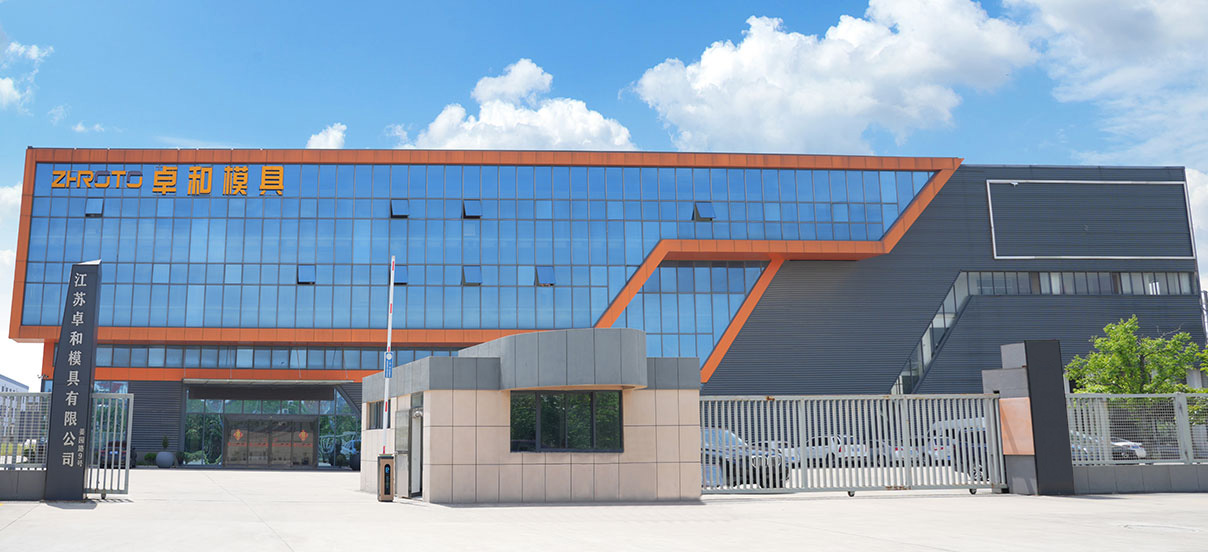What key factors need to be considered to ensure that the mold can accurately replicate the details and texture of the rockery?
When producing rockery fence molds, several key factors need to be considered to ensure that the mold can accurately replicate the details and texture of the rockery:
Complexity of details and textures: The natural texture and details of the rockery need to be carefully analyzed to ensure that the mold can accurately capture these details. High-precision scanning technology or hand carving is usually required to replicate complex textures.
Selection of mold materials: Choosing suitable mold materials (such as silicone, resin or metal) is key. Different materials have different elasticity, wear resistance and detail rendering capabilities, which directly affect the final effect and durability of the mold.
Durability of molds: The mold needs to maintain stable quality during repeated use, so the wear resistance and corrosion resistance of the material need to be considered during design to ensure that the mold can withstand high-intensity production pressure.
Accurate size control: It is necessary to ensure that the size of the mold matches the actual size of the rockery. Any slight error may affect the quality of the final product.
Demolding performance: The demolding performance of the mold should be considered during design to ensure that the rockery fence of the rockery can be smoothly removed from the mold without damage. Reasonable mold design and surface treatment can help reduce mold adhesion problems.
Production cost and efficiency: When designing a mold, production cost and efficiency must also be considered. Choosing a reasonable design and material can help reduce production costs and improve production efficiency.
What are the maintenance and care requirements for rockery fence molds? How to effectively extend the service life of the mold?
The maintenance and care of rockery fence molds are essential to ensure the long-term use of the mold and maintain product quality. The following are some effective maintenance and care requirements and suggestions:
Regular cleaning:
After each use, clean the mold in time to remove residual concrete, resin or other materials. This prevents the material from solidifying on the mold surface and affecting the quality of the next use.
Use appropriate cleaning agents and tools, and avoid using strong acid or strong alkaline cleaning agents to avoid damaging the mold surface.
Inspect and repair damage:
Regularly check the mold for cracks, wear or other damage. Once a problem is found, it should be repaired in time to avoid affecting the accuracy and service life of the mold.
For small cracks or damage, professional repair materials can be used for repair.
Avoid overuse:
Avoid overuse or overload of the mold. Excessive use will accelerate the wear and aging of the mold. Reasonably arrange the frequency of mold use according to production needs.
Proper storage:
When not in use, the mold should be stored in a dry, cool environment, avoiding high temperature, humidity or direct exposure to sunlight, which may affect the material properties of the mold.
Ensure the storage environment is clean to prevent dust and other impurities from adhering to the mold surface.
Use release agent:
Before each use of the mold, apply an appropriate release agent to reduce the adhesion of the mold to the rockery fence material, facilitate demolding and reduce mold damage.
Control operating conditions:
During operation, ensure that the temperature and humidity are controlled within the appropriate range. Too high or too low temperature and humidity may affect the performance of the mold material.
Avoid severe impact or uneven pressure, which may cause damage or deformation of the mold.
Regular maintenance:
Develop a regular maintenance plan, including cleaning, inspection and repair, based on the frequency and type of use of the mold. Regular maintenance helps to detect and solve potential problems in a timely manner.

 English
English 中文简体
中文简体 русский
русский Español
Español











